The Marshall House opened in 2017 on Grandagarður in a former fishing factory. Architects Ásmundur Hrafn Sturluson and Steinþór Kári Kárason of Kurtogpí Architects conceived of the idea when other buildings that shielded the factory from view were torn down. After being impressed by the structure and with the desire to find a home for artist-led spaces, he laid out plans along with Börkur Arnarson for a new art center that would bring security to the then precarious gallery Kling & Bang and to the long-running The Living Art Museum. Alongside these entities, it would also come to house a Reykjavik location for Ólafur Elíasson and a restaurant.

The Marshall House opened in 2017 on Grandagarður in a former fishing factory.
Maintaining the structure of the building and its previous life, the new cement staircase and purpose built gallery spaces have created a synchronous, multi-level building where commercial, grassroots, and museum worlds cohabit. Ásmundur and Steinþór drew inspiration from previous examples of art institutions breathing new life into ghostly industrial spaces, and by the sculptural installations of James Turrell or Donald Judd. We spoke to voices from the art spaces inside the Marshall House on the way it has evolved audiences and created a new middle ground for Iceland’s art community.
Börkur Arnarson, i8 Gallery :
When we first spoke to the fishing company, we got the keys to the place to play along with it, without anybody else interfering. Obviously, all of us had been in Zürich, we had seen Löwenbräu Kunst AG and other places in Europe that had converted a warehouse-factory into an art space. In Reykjavík, there aren’t many buildings of this kind left. I knew about the building for a long time.
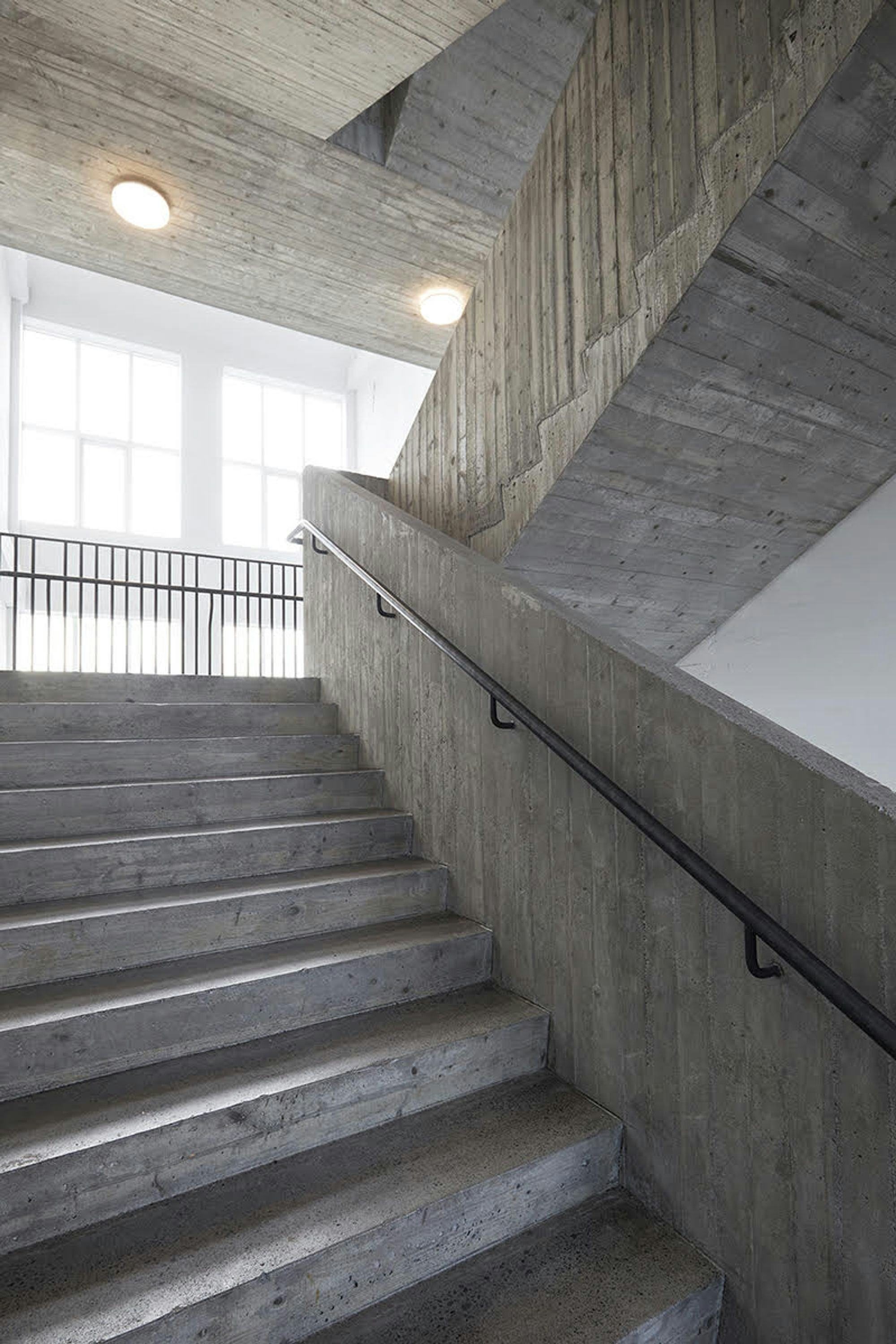
From inside the Marshall House. Courtesy of i8 Gallery, Reykjavik
We wanted to have a space in Iceland for Ólafur Elíasson, because he doesn’t have a home here. I had this incentive on my desk, and a longing to do something for the gallery—a different, project-oriented space to work on. Then, Ásmundur and Steinþór had both Kling & Bang and The Living Art Museum at the back of their minds, knowing that they were soon to be homeless. We managed to draft up the building without any interference from anyone. We talked to the owner of the building, and the city and everyone agreed upon it. So when we finally presented it to the three entities, everything was in place.
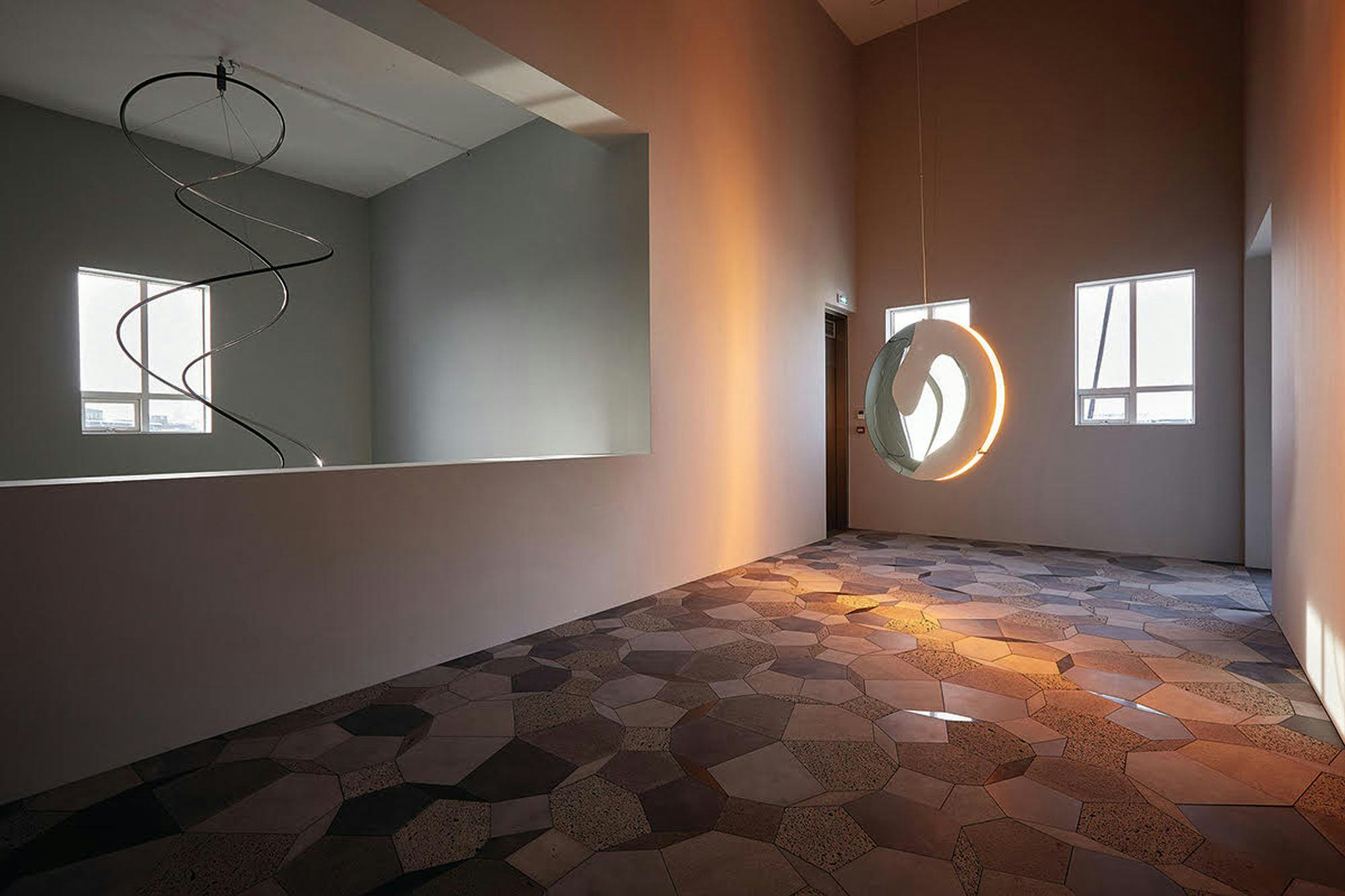
View of Studío Ólafur Elíasson, Reykjavik. Courtesy of the artist and i8 Gallery, Reykjavik
The house itself was like a Gordon Matta-Clark building—there were holes through everything. So we kept some of those things in an uneven mess. With Ólafur, we agreed on creating a private space where we could additionally host events. On the south side of the building, on the second and third floor, the idea was to do a studio that was open to the public. Ólafur’s Berlin studio is a very different beast with tons of people working on a variety of things. He’s done a number of works in Iceland, and we would put them up here and feel them out, and see how they work. So we wanted to have a space for this process in the building.
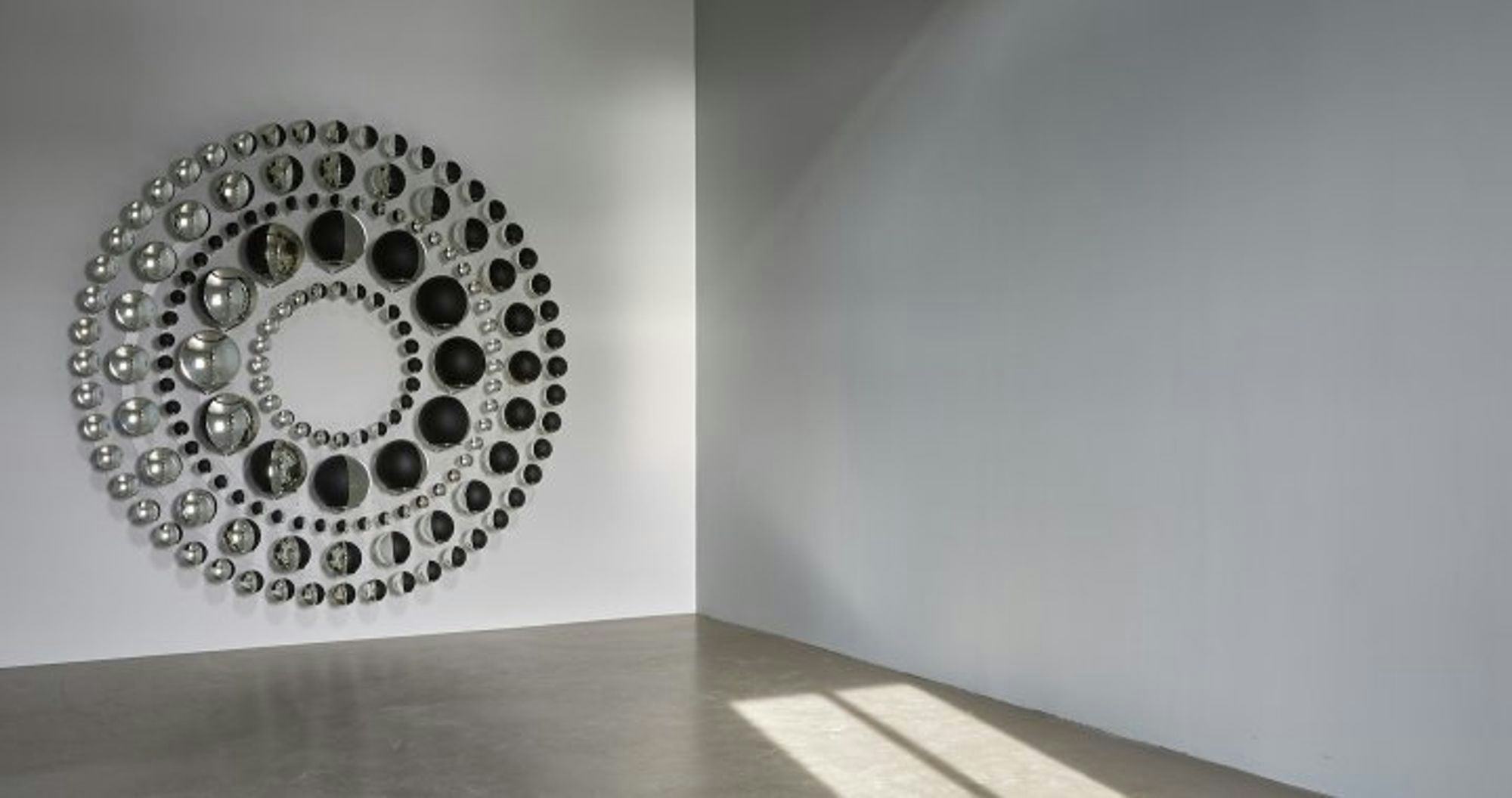
View of Studío Ólafur Elíasson (Universal diagram, 2016), Reykjavík. Courtesy of the artist and i8 Gallery, Reykjavík
To let these art spaces coexist—Kling & Bang and The Living Art Museum—for example, which are very different—to have a museum, an artist-run gallery and a world renowned artist all in the same building, always made me think—‘this is going to be great.’
Ingibjörg Sigurjónsdóttir and Una Magnúsdóttir, Kling & Bang
We had been in many spaces before the Marshall House. We never knew how long we could stay in them and we would always only get an extension for a month at a time, so it was a bit of a tiring situation. We had cheap rent downtown, first in the space we had in Laugavegur and then the one we had down in Hverfisgata, which was great because it meant that we could be in the centre of town in a way that we could afford. With that, however, came the insecurity of never having a long lease contract. So when we moved to the Marshall House, the gallery was already 13 or 14 years old and we had been doing the gritty thing for a while. When Asmundur came up with this idea, he was like ‘I’ve got this idea, I think it might work’. He asked if he could put our name on the application and we said ‘sure, do that’. I thought it was a great idea, but that it was never going to happen! I was selling it to people, but realistically I didn’t think that there was much of a chance. It is amazing that it worked out. Everyone that needed to weigh in, weighed in. I would think that a hotel would swoop in and grab it! So many things could’ve happened.
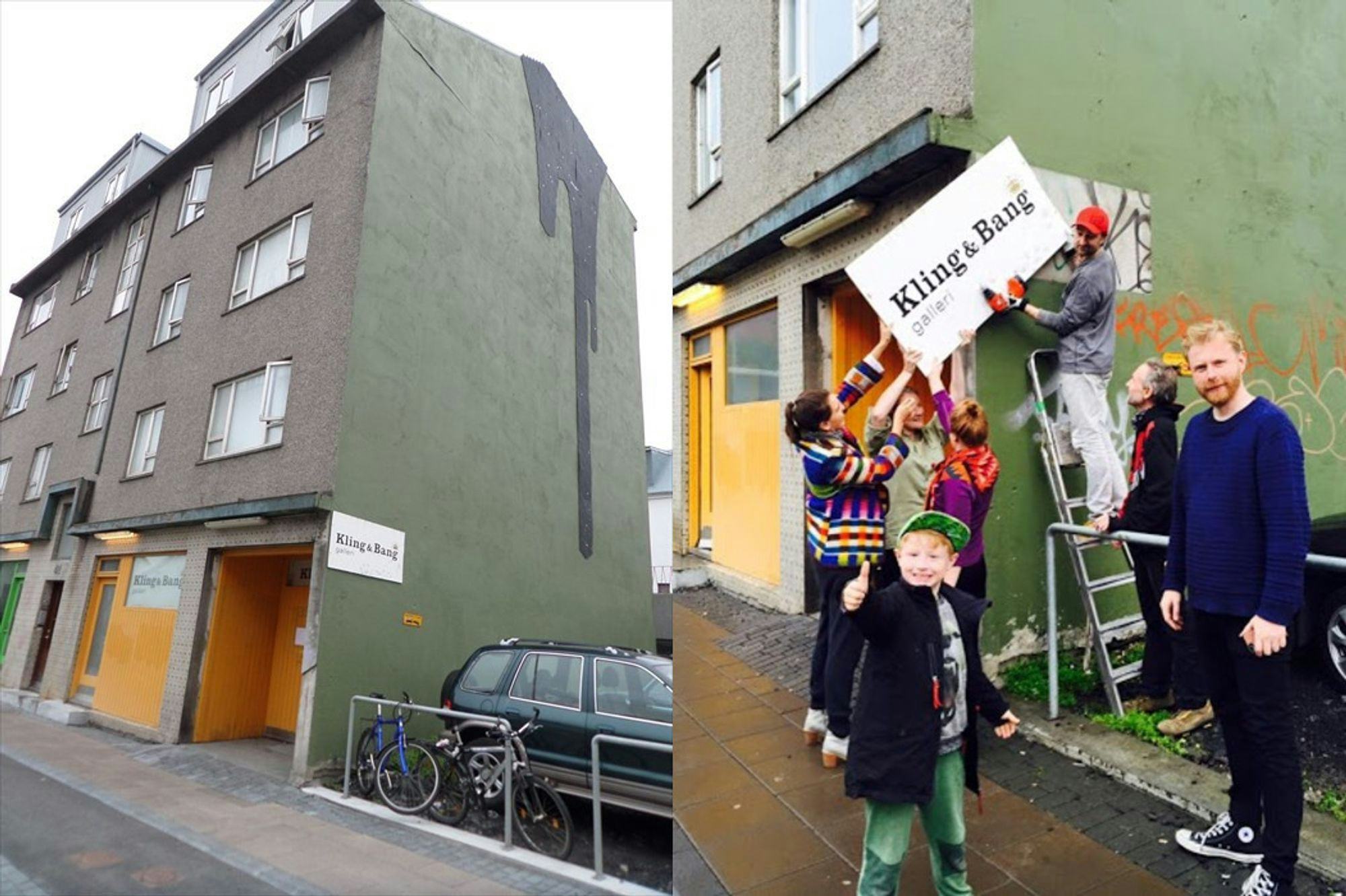
Kling & Bang members moving from Hverfisgata to the Marshall House. Photo: Kling & Bang
It was a big decision for us. Obviously, the optics of the building are quite different than the places we had downtown. We thought it through very much, and we thought about how different the context would be. We thought it was time for this entity to move up, and to try to create a platform that didn’t exist before in the local art scene. In Iceland, there have always been these grass roots galleries in the soil—then you have the museums—and there’s just a big chasm between them. There hasn’t really been much in-between. So we thought it would be exciting to build something that’s in-between, where you have the connection to the grassroots and independent scene, which we are still a part of, along with the spatial possibilities of a museum. The same people have been involved here since the beginning, so we have a lot of accumulated experience. Many who work here voluntarily are also technicians in museums—so artists get a similar exhibition making practice to a museum.
What was also nice about the move to the Marshall House is that the gallery evolved in that process. Some people are nostalgic that it’s not the same as it was before, but our move here also creates space for other grassroots spaces to grow. We didn’t want to get in the way of the younger art scene. When Kling & Bang started, the scene was really barren and nothing was really happening. When we moved to the Marshall House, there were at least five other artist run galleries downtown, which is a different scene. We always felt that it was right in some way to get out of their way and let other people grow. Just having a space like this, and allowing people that aren’t going to be showing in a museum in the next few years or so to exhibit, and have support from Kling & Bang or Nýló, speeds up growth for artists. It’s really important for emerging artists to have their own solo show, and to have their own name and a complete exhibition, which is a much more valuable experience than a group show.

The opening celebration at Kling & Bang. Photo Kling & Bang
All the first exhibitions I installed were in basements and cupboards, (which was a great experience and I loved that part), but having an art space to enter just does something to you as an artist. It allows people to work in space with such great light! Crucially too, the gallery in the Marshall House is less work to prepare for installation. In our previous space, we had to clean mouldy mushrooms that were growing out of the walls before installing the show, which was a mental load. It was really great to enter a space and feel like it’s not crumbling on you—when you don’t have to first salvage the building, and then try to take the art in—that was pretty great!
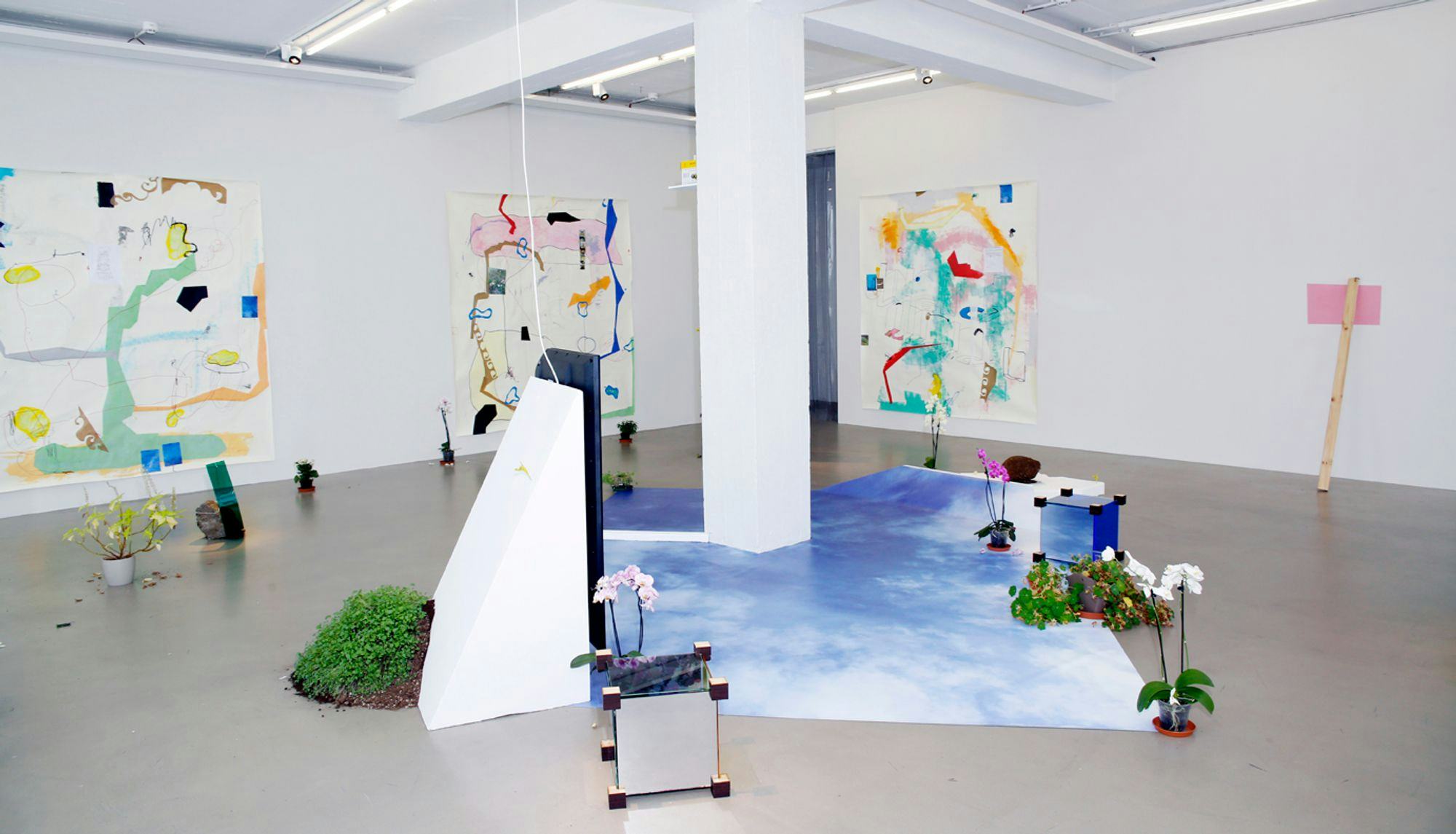
Páll Haukur, death of an object, 2018, installation view at Kling & Bang. Photo: Lilja Birgisdóttir
In terms of what’s next, we have just taken a big step into the future by inviting a few new members onto the team. Sadly, we never meet them because there is this virus going around! So one day we will meet. This new step is going to go in unexpected ways. We’re hoping it will mean that the space will be used more. We’re hoping we will have more events. The [entrance] space here, we always felt, could be used for events and performances that are more spontaneous. When the work changed from Hverfisgata to here, maybe that’s the thing that was left behind—that serendipity. But of course, we have time in front of us and we have the space!
Sunna Astthorsdottir, Associate Manager since 2018, The Living Art Museum:
Nýló was founded by a group of artists
who, at that time, felt that art institutions in Iceland and other public collections
were not collecting work by contemporary artists, and Nýló wanted to fill that gap.
So, the museum was founded in 1978 to collect and preserve work from the late ’60s
and early ’70s. Nýló’s program features a yearly exhibition from this collection,
including ‘Some Favourites’ in January last year,
in addition to 5-6 exhibitions a year featuring recent work by practicing artists
now, such as the recent MA show.
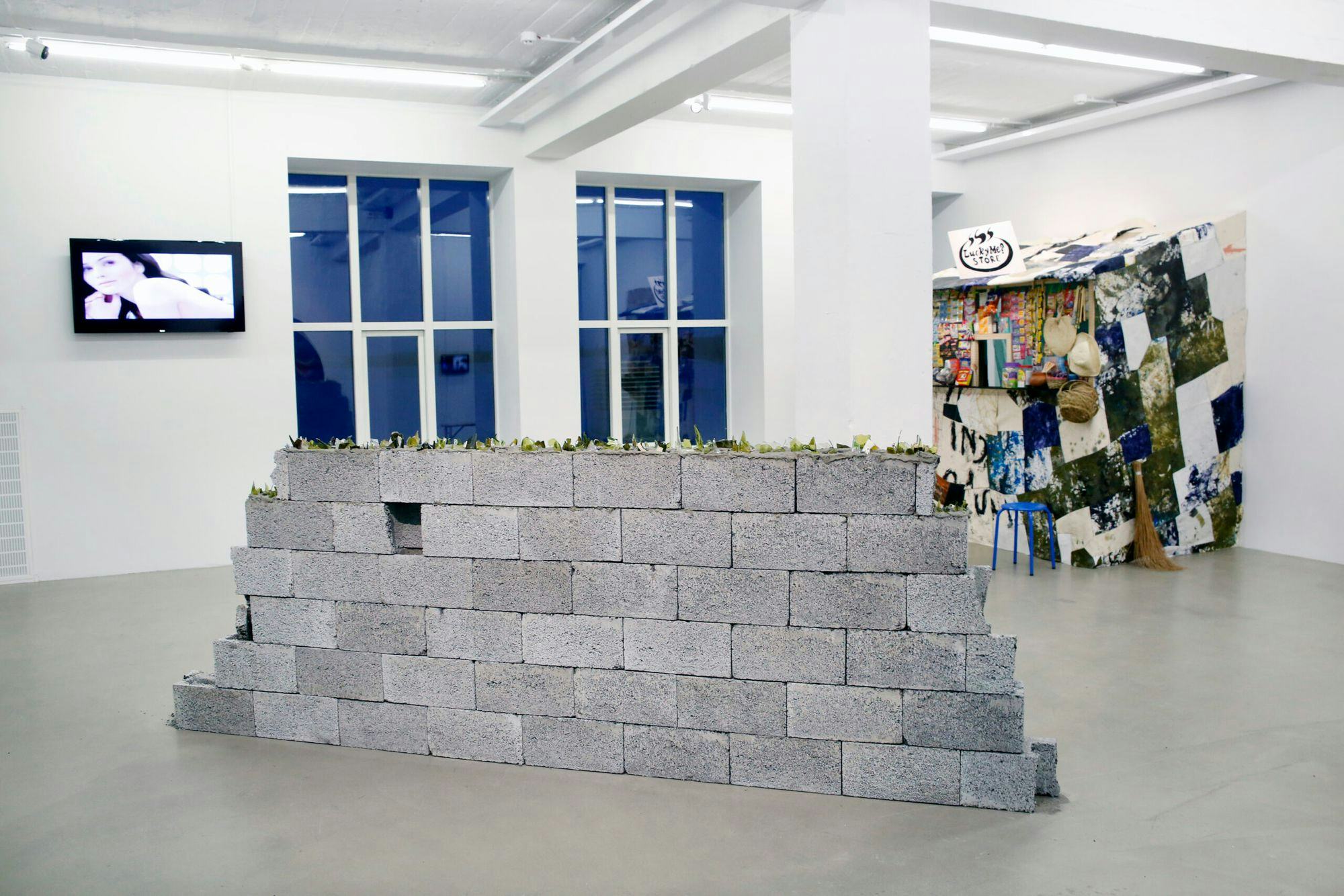
Lucky 3, Lucky me?, 2019, installation view at Kling & Bang. Photo: Kling & Bang
The model of Nýló is based on a purely gift-based collection, so we don’t purchase artworks, and we started out as a grassroots museum run by and for artists. We’ve only recently gained a more established reputation with our more institutionalised and permanent space in the Marshall House, so we’ve evolved from being a grass-roots, rebellious teenager to a more responsible adult.
Moving to the Marshall House didn’t change the main focus of the work that we do, but it brought us closer to Kling & Bang and Ólafur Elíasson, which is really great. It gave us safety, first and foremost, since we had been moving so much, so we had the chance to get settled and inhabit the space. Now, we can make longer term plans and look at the exhibition schedule for the next three to four years ahead. It also provided the first space where we didn’t need to worry about water leaking or electricity problems, because before the Living Art Museum and its collection had been moving so much, between spaces in various conditions across time.
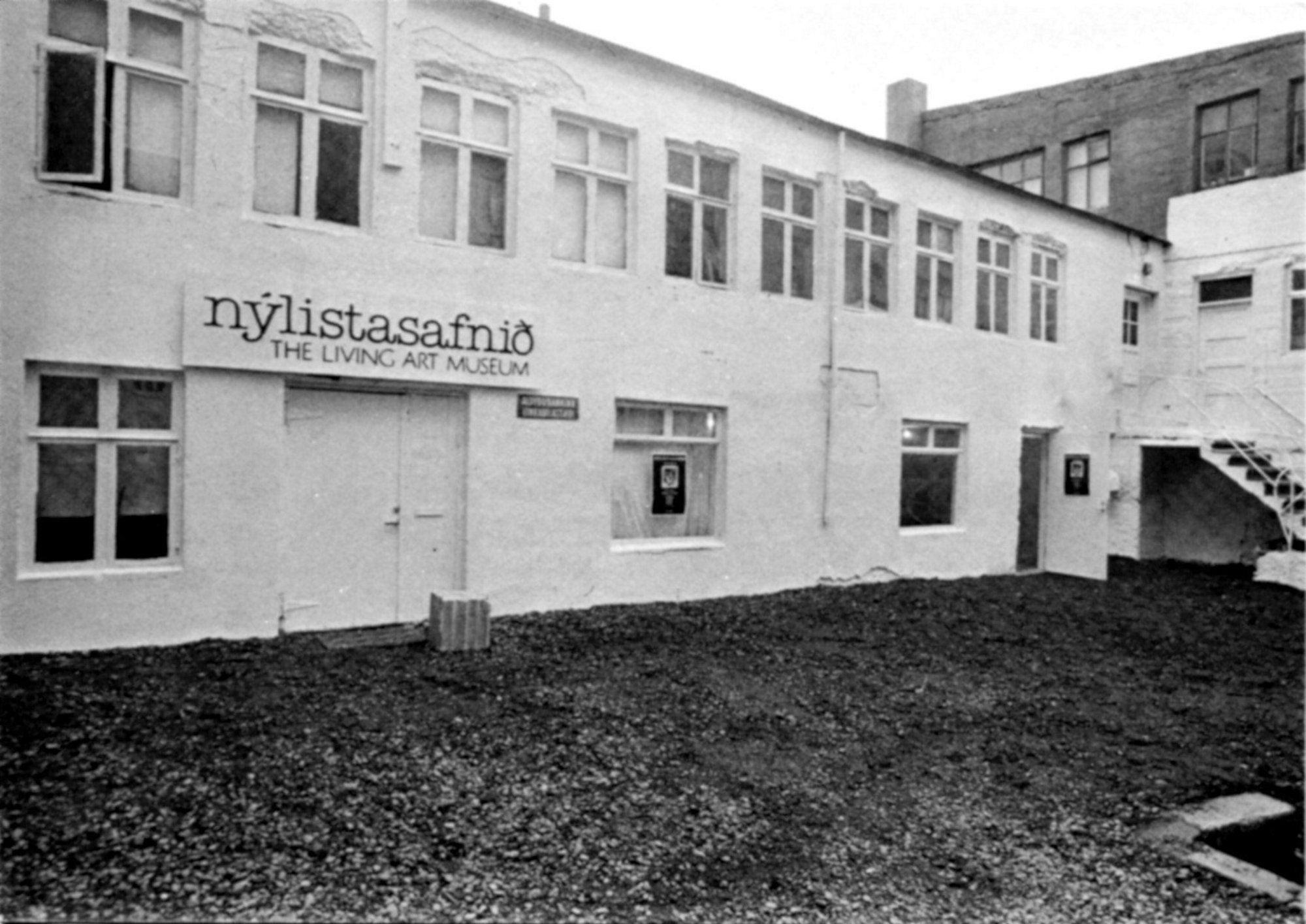
The Living Art Museum was founded by a group of artists in 1978 and was the first non-profit artist-run organization in Iceland.
There was a lot of discussion at the time as to whether to commit to the space in the Marshall House. Even though we have a great framework, we are still an artist-run museum and we fundraise for everything that we do. We rely on a lot of voluntary work and commitment from our board members, and each exhibition is a committed endeavour.
The only other problem is dealing with too much light but the windows here are big and we have a tall space. Every exhibition space has its pros and cons—when we’re working with projections, for example, they require darkness, so that’s something we need to think through in depth.

Arna Óttarsdóttir, Everything is great, 2019, installation view, photographer: Vigfús Birgisson.
The museum was founded by artists to collect, care for, display and preserve work by Icelandic and international artists, in addition to being a space where Reykjavik’s art community could converge and congregate. Some would argue that the shows Nýló produce have been geared only towards artists, but our existence now within the Marshall House has widened and changed our audience, and it’s still in the process of doing so. More than anything, it’s in the nature of every community to grow and evolve. It’s positive that we are also getting a much wider audience now, which puts us a little more on the map with tourists—people are coming here not only for the art, but also for the food and for the whole growing Grandi district.

Heartbeat — Ásta Ólafsdóttir Retrospective. 22.08–04.10.2020. Installation view, photographer: Vigfús Birgisson.
In the future with the Marshall House, we want to create more interaction between the different audiences that coexist here. The three exhibition spaces and restaurant each have their own community. That’s something we can share, and work together on. After Covid, we’re very much looking forward to having more events and seeing more faces at openings, since we haven’t had one since February 2020.

… and what then? 2019, installation view, photographer: Vigfús Birgisson.
Usually, we program everything two years ahead of time,
but we’re carving out space in the entrance space to be more spontaneous, where
we can have more events. For our upcoming exhibition, if the circumstances allow
we want to hold an artist talk. We want to expand our educational program by holding
events for families and children, as well as develop our bookshop in the future—which
has always been a big part of Nýló—to sell and display artist books both on and
offline.
–
‘Dýpsta sæla og sorgin þunga’
opens at Kling & Bang on 21st January, a group show featuring work by Ragnar
Kjartansson, Halla Birgisdóttir, Margrét Dúadóttir Landmark and Anne Carson.
The Living Art Museum will open a group exhibition
by Ragnheiður Gestsdóttir, Sigrún Hrólfsdóttir & Sindri Leifsson on 16th January.
Learn more
about the Marshall House.
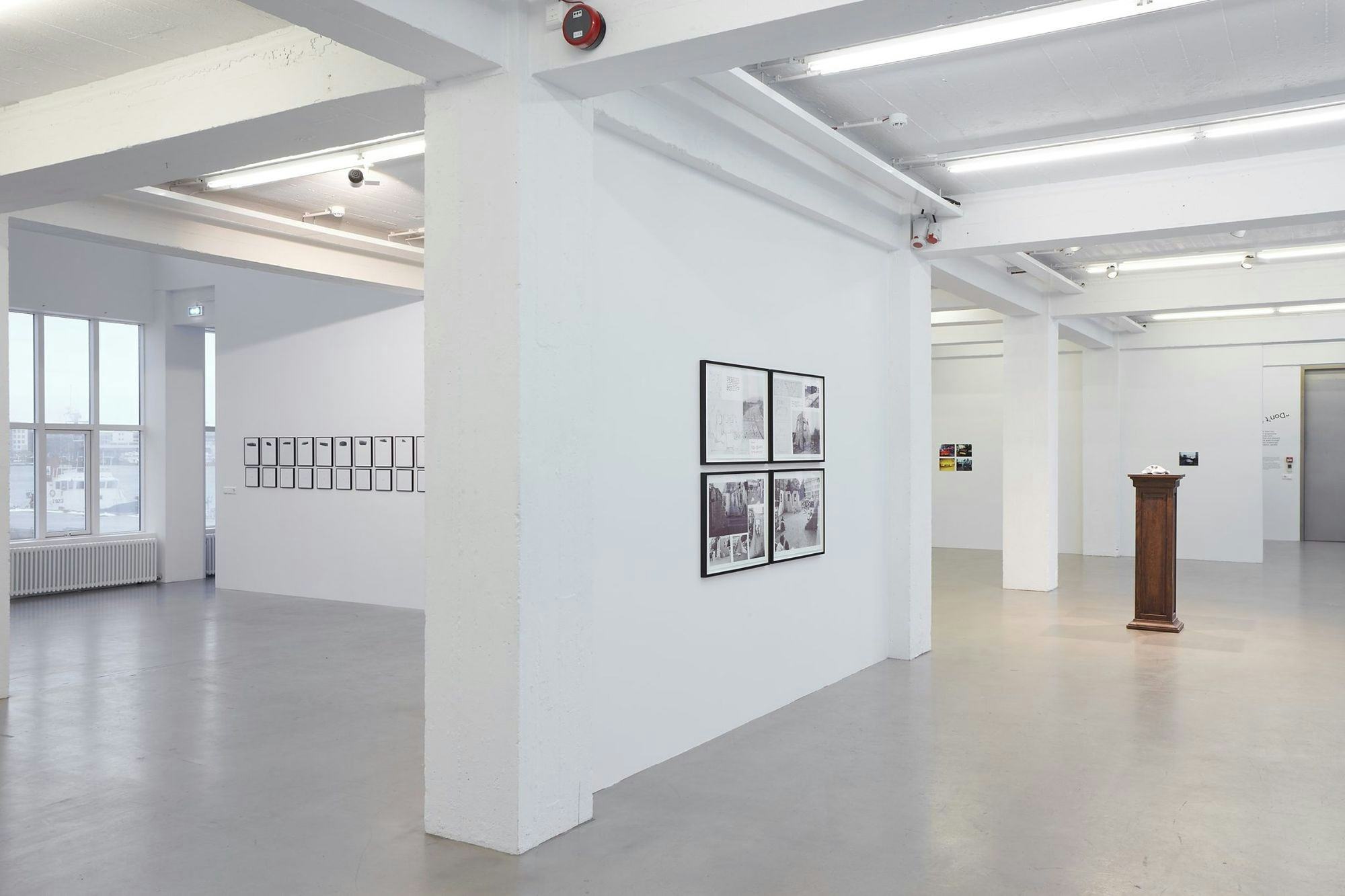
Some Favorites. 10.01-23.02-2020. Works by: Douwe Jan Bakker, G. Erla – Guðrún Erla Geirsdóttir, Mihael Milunoviić, Rúrí. Photographer: Vigfús Birgisson
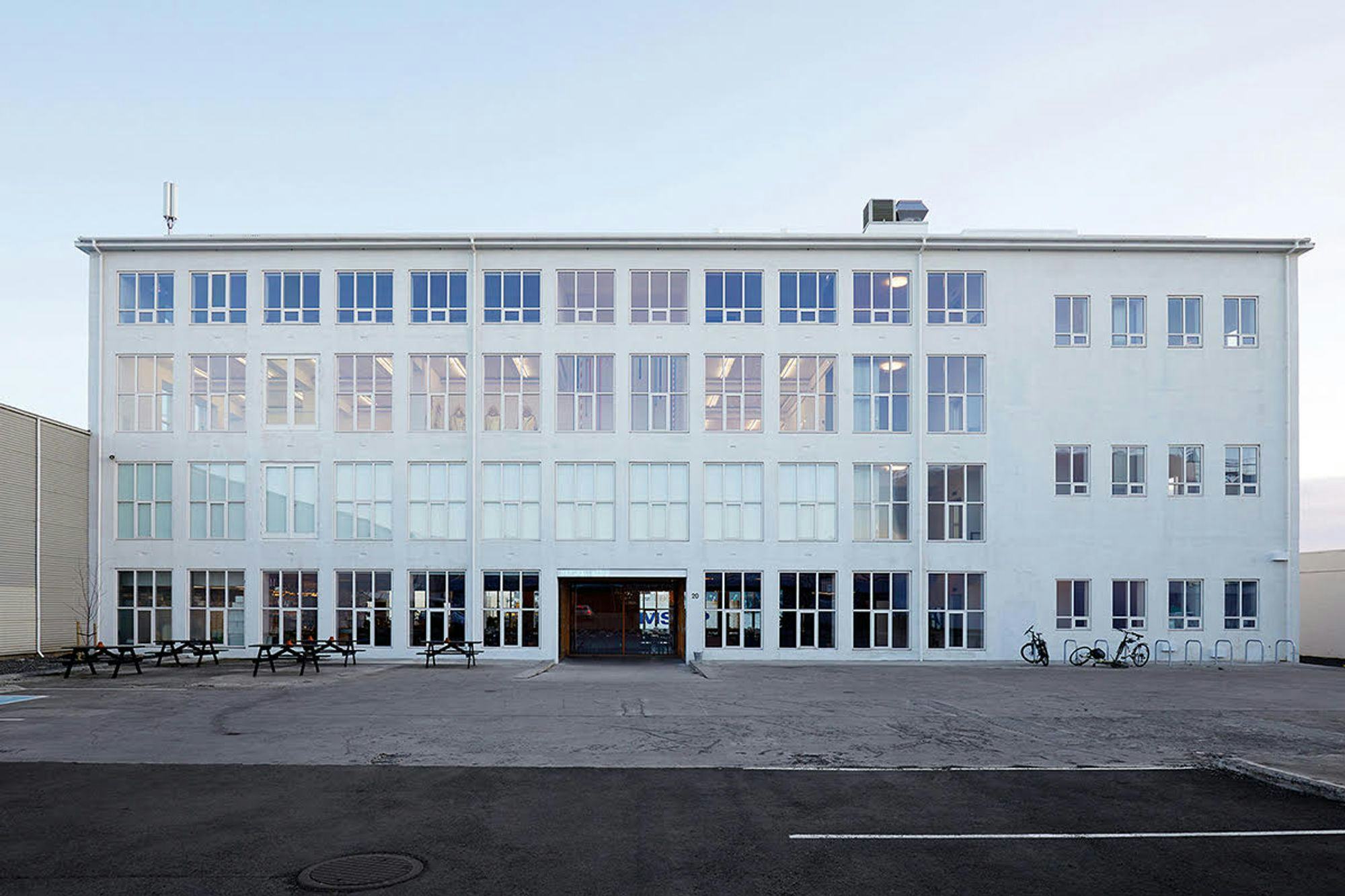
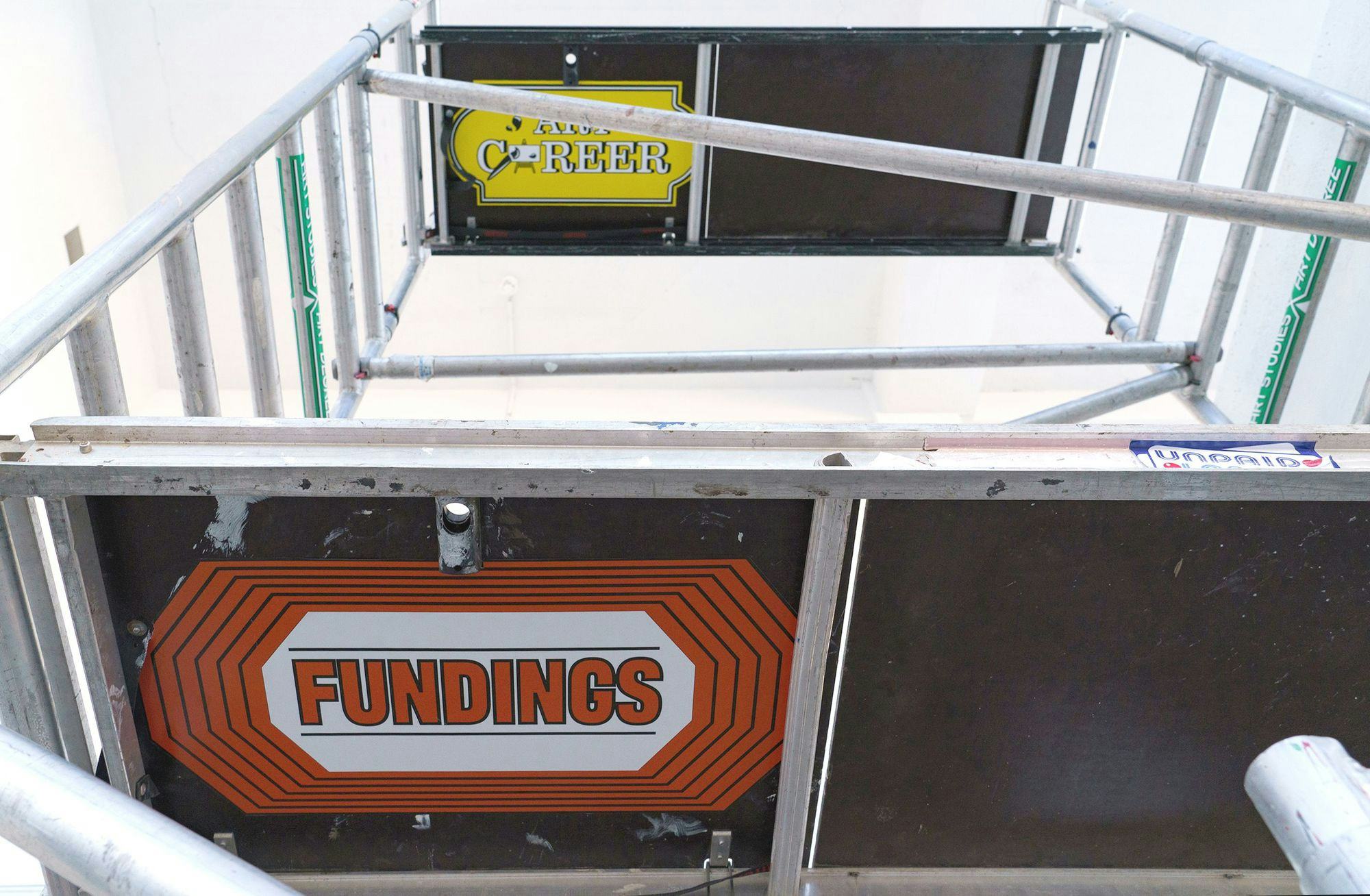
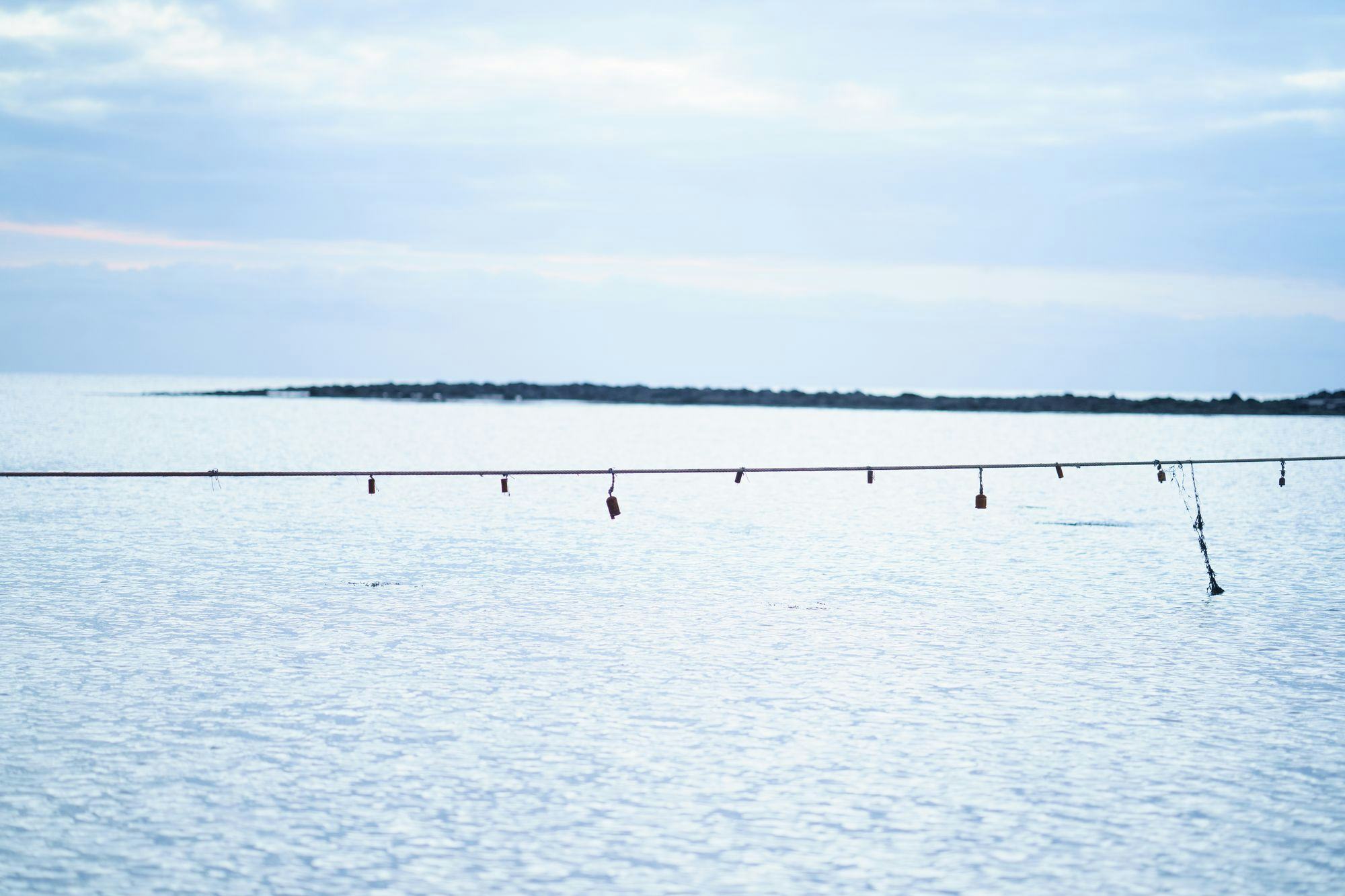
-icelandic-pavilion-2000x2667.jpg&w=2048&q=80)

